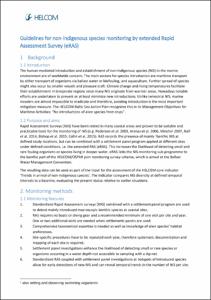Guidelines for non-indigenous species monitoring by extended Rapid Assessment Survey (eRAS).

View/
Average rating
votes
Date
2017Corporate Author
HELCOM
Status
PublishedPages
4pp.
Metadata
Show full item recordAbstract
The human-mediated introduction and establishment of non-indigenous species (NIS) in the marine environment are of worldwide concern. The main vectors for species introduction are maritime transport by either transport of organisms via ballast water or biofouling, and aquaculture. Further spread of species might also occur by smaller vessels and pleasure craft. Climate change and rising temperatures facilitate their establishment in temperate regions since many NIS originate from warmer areas. Nowadays notable efforts are undertaken to prevent or at least minimize new introductions. Unlike terrestrial NIS, marine invaders are almost impossible to eradicate and therefore, avoiding introduction is the most important mitigation measure. The HELCOM Baltic Sea Action Plan recognizes this in its Management Objectives for Maritime Activities: “No introductions of alien species from ships”.
1.2 Purpose and aims
Rapid Assessment Surveys (RAS) have been tested in many coastal areas and proven .....
Publisher
HELCOMHelsinki, Finland
Document Language
enSustainable Development Goals (SDG)
14.aMaturity Level
MatureSpatial Coverage
Baltic SeaCitation
HELCOM (2017) Guidelines for non-indigenous species monitoring by extended Rapid Assessment Survey (eRAS), Helsinki, Finland, HELCOM, 4pp. DOI: http://dx.doi.org/10.25607/OBP-1801Collections
- CAPARDUS Practices [147]
- HELCOM Manuals and Guidelines [49]
 Repository of community practices in Ocean Research, Applications and Data/Information Management
Repository of community practices in Ocean Research, Applications and Data/Information Management